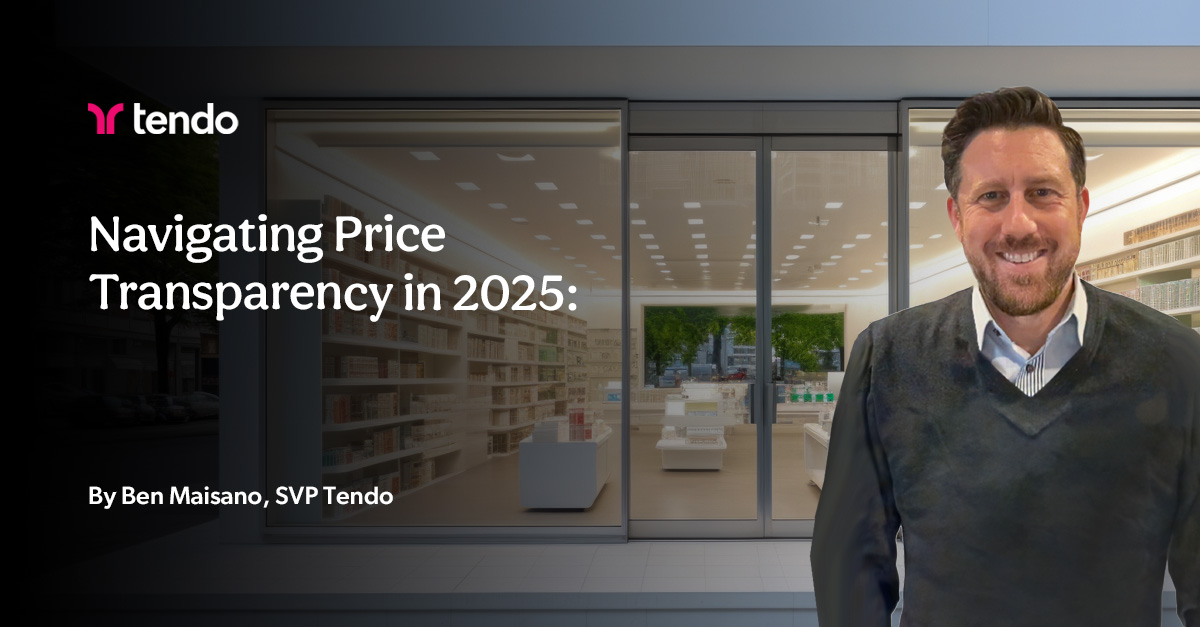Price transparency in healthcare has come a long way since its initial rollout in 2019, evolving through significant milestones like the Hospital Price Transparency Rule, the No Surprises Act, and the Transparency in Coverage Rule. As we approach 2025, new requirements mark a critical shift for health systems and health plans, with stricter standards, improved tools, and non-compliance penalties shaping the next phase. However, challenges remain, especially in making pricing data truly useful for consumers and healthcare decision-makers.
Let’s explore the 2025 landscape, the gaps that still need to be addressed, and the opportunities ahead for health systems.
The Journey to Price Transparency
From 2019 to 2024, price transparency rules have been steadily refined to increase accountability and consumer access to healthcare pricing. These regulations have laid a foundation:
-
- The Hospital Price Transparency Rule required hospitals to publish standard charges for items and services in a machine-readable format.
- The Transparency in Coverage Rule pushed insurers and employers to disclose negotiated rates and out-of-pocket cost estimates.
- The No Surprises Act (part of the CAA) addressed unexpected out-of-network billing, protecting consumers from surprise medical costs, and Good Faith Estimator tools.
These efforts created a roadmap for greater visibility, but with visibility comes the need for accuracy and usability.
2025: What’s New?
In 2025, healthcare organizations face additional responsibilities that aim to close the gaps in price transparency:
- Publishing “Estimated Allowed Amounts”
-
- For the first time, hospitals must publish estimates of the actual payment amount (allowed amount) for procedures.
- This marks a significant improvement over traditional claims data, which historically captured only the initial charge, leaving consumers unaware of what was actually paid after adjustments.
-
- Addressing Algorithm-Based Pricing Ambiguities
-
- Not all contracts specify exact fees; some depend on algorithms, percentages, or modifiers.
- Estimated allowed amounts provide clarity by offering consumers a realistic benchmark for their costs, addressing the variability inherent in these complex pricing models.
-
- Compliance Enforcement with Penalties
-
- Non-compliance penalties are now firmly in place, pushing hospitals and health systems to meet these standards or face financial consequences.
-
Gaps in Usability: The Patient Experience
Despite progress, significant gaps remain in how price transparency data serves consumers. Current rules focus on providing granular, line-item pricing data—helpful for regulators but overwhelming for patients.
A car analogy illustrates the problem: imagine shopping for a car and being given prices for the transmission, engine, wheels, and seats separately. While technically transparent, this level of detail doesn’t help the average buyer make a decision.
Similarly, patients need healthcare costs packaged into bundled episodes of care—comprehensive pricing for the full scope of services tied to their treatment journeys, such as surgery or maternity care, rather than disjointed service fees.
Opportunities for Health Systems
1. Evolve Strategy Amid Industry Change
As transparency unfolds across the industry, health systems must adapt their strategies in key areas:
-
- Brand and Messaging: Communicating transparency, affordability, and value to build patient trust.
- Patient Experience: Providing clear, bundled pricing and cost estimates to simplify healthcare decisions.
- Payor Negotiations: Strengthening payer relationships through data-driven negotiations based on transparent, competitive rates.
Health systems that proactively refine these strategies will gain a competitive edge in a more consumer-driven marketplace.
2. Build Trust Through Transparency
Transparency isn’t just about compliance—it’s about building relationships with patients by addressing their top concerns: cost predictability and fairness. Health systems that embrace transparency as a trust-building tool will differentiate themselves in an increasingly consumer-driven market.
3. Make Transparency Usable
As quoted:“Success will be achieved once this information is fully usable by consumers and plan architects. One big gap that is holding back usability is the data is at a detailed line item level, not packaged up into what a patient experiences as a full episode of care.”
This is where Tendo is stepping in. By enabling bundled care episodes that reflect a patient’s full experience, Tendo’s marketplace makes healthcare costs more navigable. Bundled pricing simplifies decision-making for consumers and drives adoption of transparency tools.
4. Advocate for Industry Standards
The future of price transparency depends on standardizing the way healthcare costs are presented. Health systems have a role to play in advocating for policies and tools that streamline and clarify pricing data.
Conclusion
As price transparency standards harden in 2025, the healthcare industry faces a pivotal moment. Compliance is no longer optional, and the expectations for usability are higher than ever. Health systems must rise to the challenge by not only meeting the requirements but also addressing the gaps that make current data difficult for consumers to use.
At Tendo, we believe that true price transparency will only be achieved when healthcare pricing reflects the reality of the patient experience. By leading the way with bundled care episodes and advocating for clearer standards, we’re helping to shape a healthcare market that works for everyone.
The 2025 changes are a step forward—but there’s still a long journey ahead. Together, we can make transparency meaningful, driving better outcomes for patients, health systems, and the industry as a whole.
Let’s work together to make price transparency in 2025 more than a regulatory milestone—it can be a catalyst for transforming healthcare.
Are you ready to learn more about empowering providers & employers with transparent, hassle-free healthcare contracts & bundles?

Get in touch with us today!
It’s time to transform the way we approach healthcare. Get in touch with us today and discover the possibilities.

